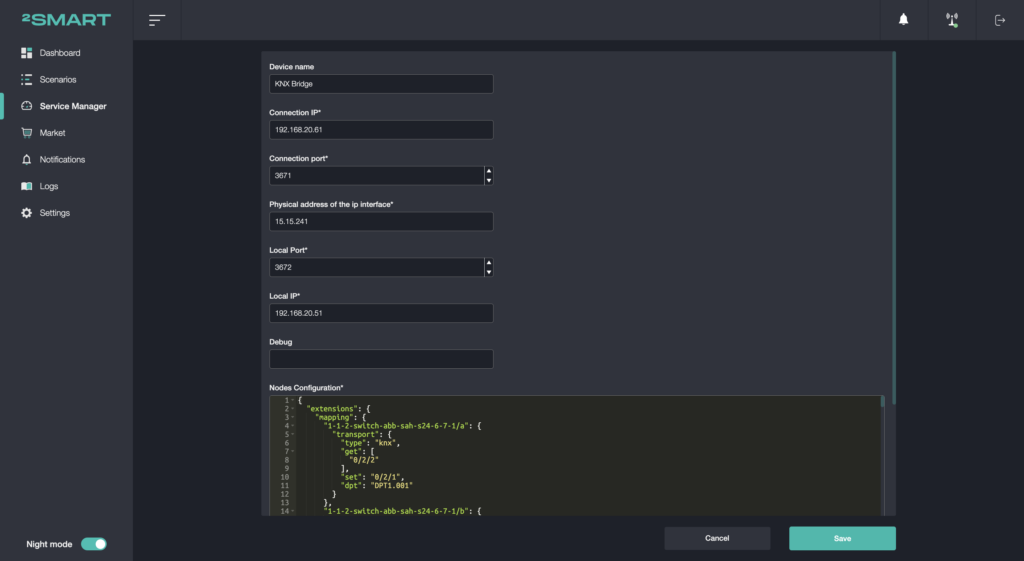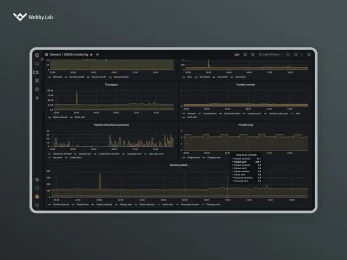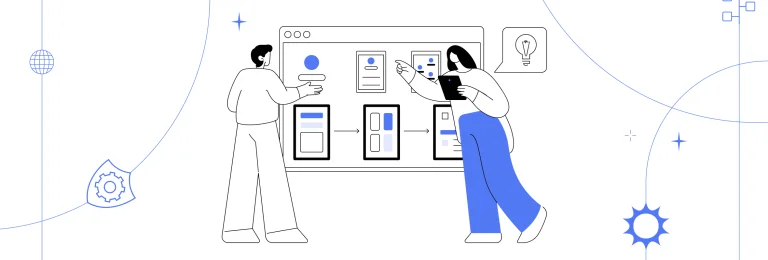IoT Home Automation with KNX Systems
Written by:

Kostiantyn Oliynyk
Head of IoT at Webbylab
With a robust academic background in Telecommunication Systems Engineering, I apply my knowledge to lead innovations in the IoT domain. Starting as the first team member in the newly formed IoT department at WebbyLab, I've spearheaded its growth, fostering the expansion into embedded and hardware development alongside our core software projects. My dedication lies in pushing the boundaries of IoT technology, fostering a culture of innovation and excellence that profoundly impacts our clients' operational success.
KNX is a communication protocol that was created for use in building and home automation and is widely in use today. It is an OSI-based network communications protocol that is standardized (EN 50090, ISO/IEC 14543), and it is controlled by the KNX Association.
KNX presence sensors can be used to turn off a light when no one is around, thereby conserving electricity. Automation of your heating and cooling with KNX will make your house more energy-efficient.
Yes, KNX can be implemented in office buildings that have already been constructed. KNX setups can be easily expanded and changed to accommodate new needs or requirements with little work or expenditure. Any of KNX solutions for home automation can be simply expanded or reprogrammed when system updates in your office building are required.
A KNX system may theoretically include more than 50,000 devices.


 The User interface of the 2Smart Standalone platform
The User interface of the 2Smart Standalone platform








![How to Hire IoT Developers [Guide from Experts in IoT]](https://webbylab.com/wp-content/uploads/2022/12/banner_hiring-iot-768x260.png)


![Difference Between Arduino and Raspberry Pi [Comparison Table]](https://webbylab.com/wp-content/uploads/2023/04/cover-768x260.png)